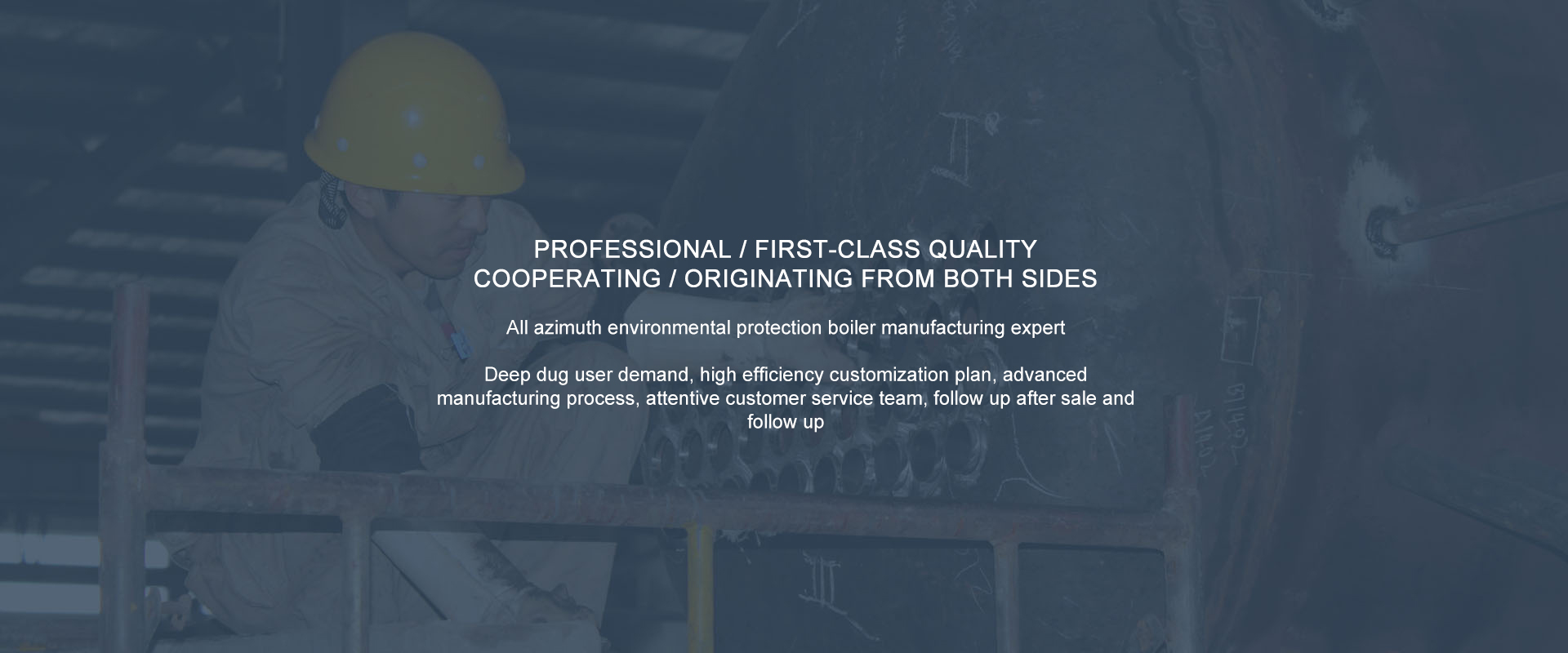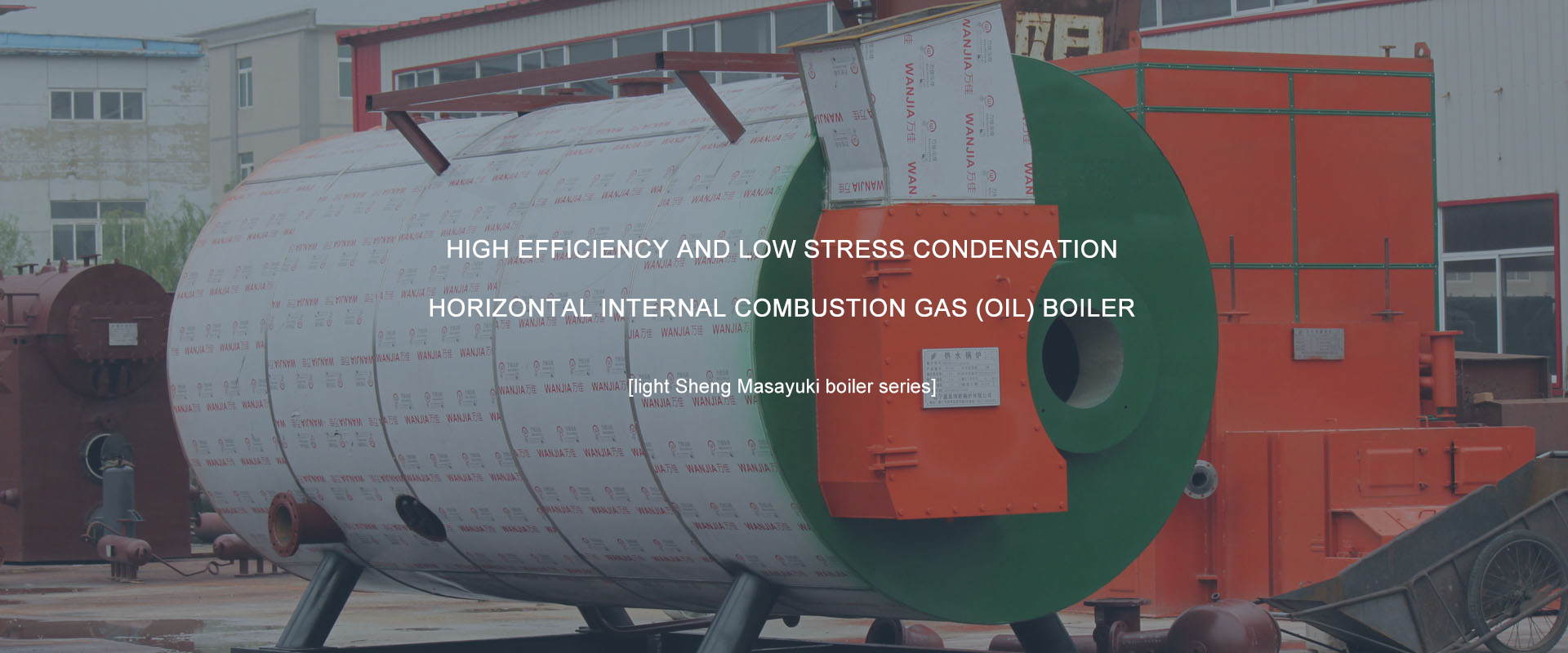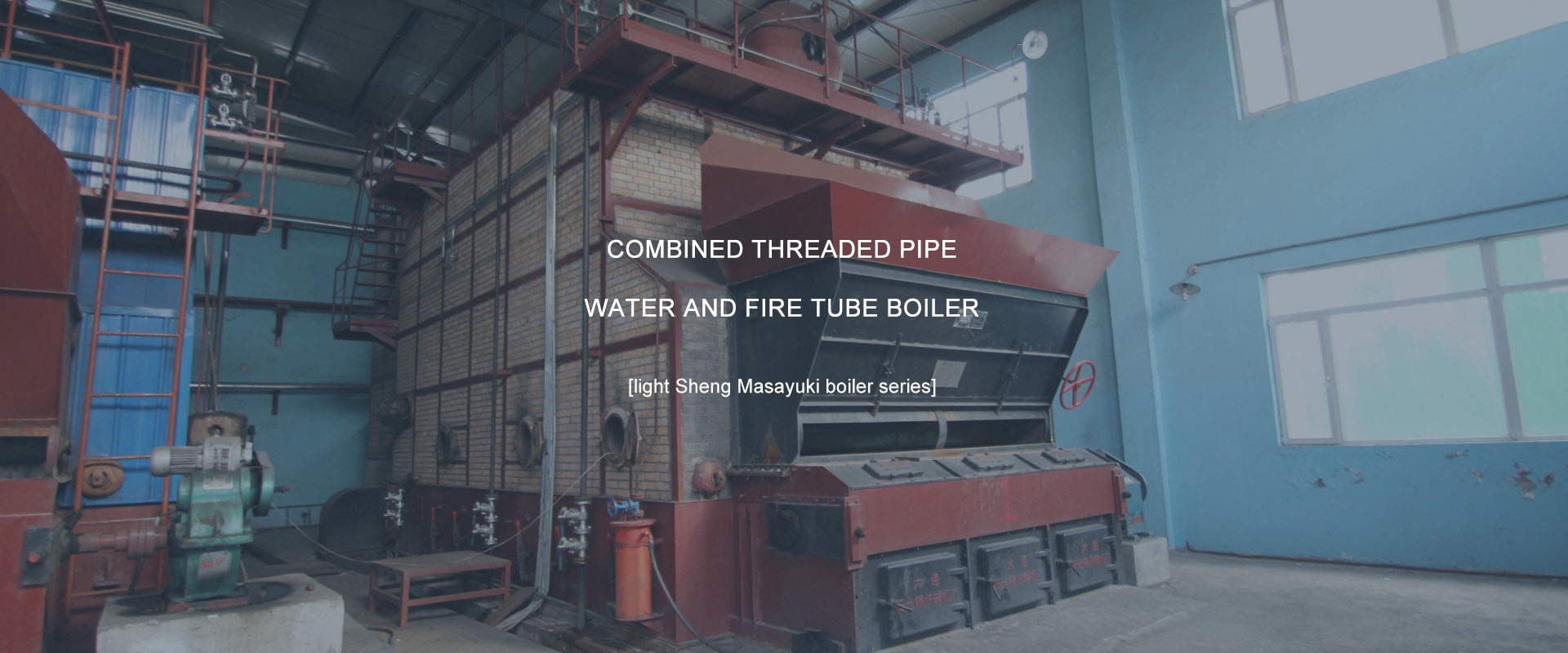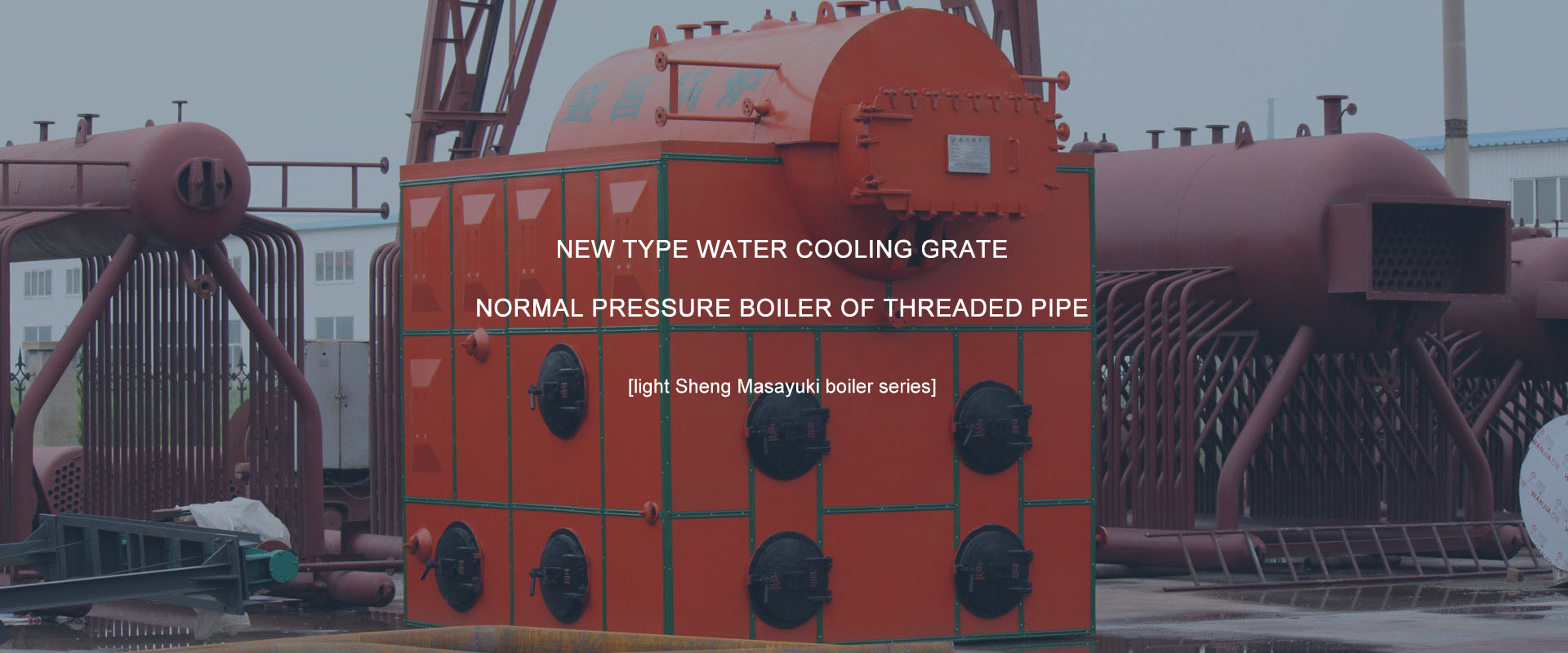Gas-fired boilers will release certain heat after burning through fuel. Part of these heat capacity of full automatic gas fired boiler will be supplied to users, part of them will be recycled, and some of them are inadvertently wasted. So what are the ways that these wasted calories have been lost?
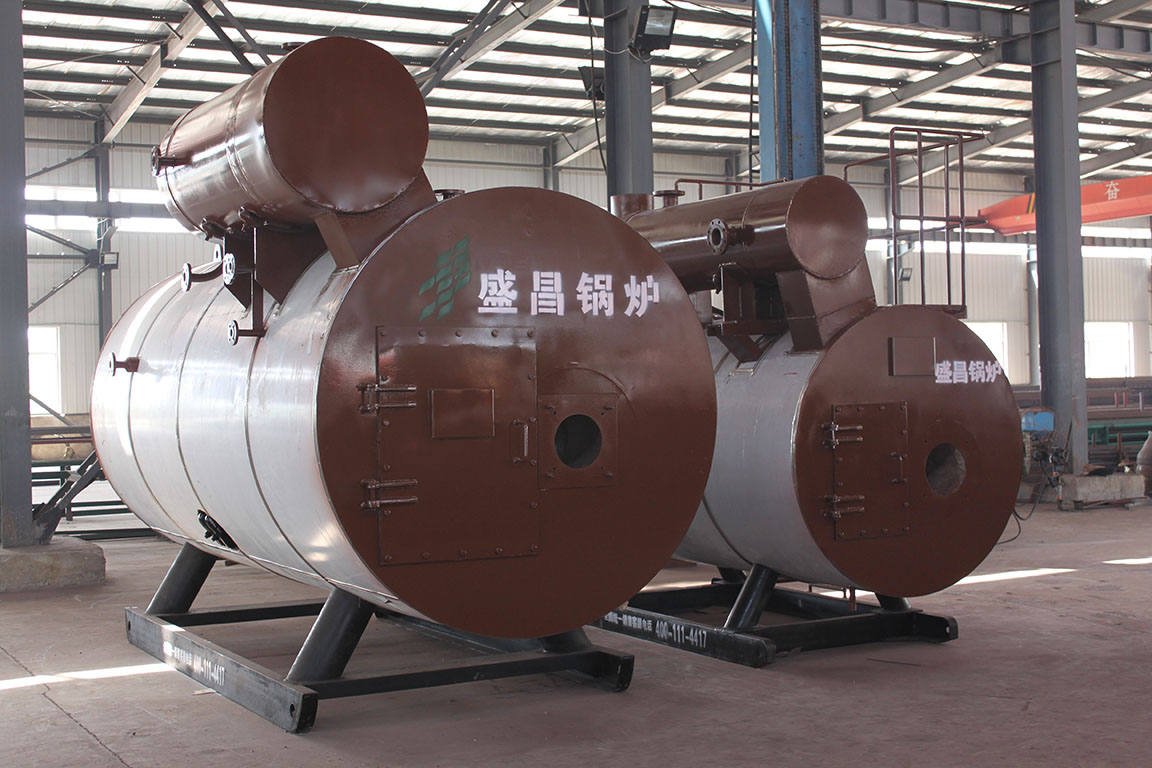
(1) exhaust heat loss: the flue gas discharged from the gas boiler takes part of the heat into the atmosphere, which causes the boiler exhaust heat loss. It is the largest one of all the thermal losses in the boiler. The main factors that affect the heat loss of smoke exhaust are the higher the temperature of exhaust smoke and the temperature of exhaust emission, the more the amount of exhaust smoke, the greater the heat loss of the exhaust. The exhaust gas temperature mainly depends on the number and operation condition of the heating surface, and the amount of exhaust gas depends on the excess air coefficient and the leakage condition of the furnace and flue.
(2) the heat loss of incomplete combustion of gas: the heat loss caused by the discharge of a part of the flammable gas in the exhaust gas is caused by the discharge of the unburned gas. The main factors affecting the heat loss of incomplete combustion of gas are the excess air coefficient and the furnace structure. The excess air coefficient is too small, which makes the air and fuel mix unevenly, easy to generate carbon monoxide and other combustible gases. The excess air coefficient is too large, which will reduce the furnace temperature, and the combustible gas is not easy to burn and burn. The volume of the furnace is too small, and the flammable gas is not burning in the furnace and enters the flue, causing the gas incomplete combustion heat loss.
(3) loss of heat dissipation: heat loss caused by furnace body, frame, pipe and door hole to the surrounding environment. The magnitude of the heat loss is mainly determined by the size of the surface area of the gas steam boiler, the adiabatic performance and thickness, the temperature of the outside air and the speed of the flow.
The common external damage of electric heating reactor:
External corrosion of 1 electric heating reactor
Although it has high corrosion resistance to strong acid and strong alkali corrosion, our electric heating reactor is made up of the heating layer and the external iron tire. Iron is a medium that is not corrosion-resistant to acids and bases. If we produce the process, if the reactor lid or pipe interface is not tightened or the gasket fails, there will be leakage of acid solution to the iron tyre on the outer side of the electric heating reactor.
Corrosion of the support part of 2. electric heating reactor
Electric heating reactor at the time of installation, support or other support sometimes mounted directly on the floor, because the production floor may be long-term deposition of corrosive medium, such as the US electric heating reactor equipment support corrosion, resulting in damage to various support force support changes lead to stress arising the changes caused by heating in the process of producing layer.
The stress of 3. electric heating reactor tube
On the electric heating reactor, when the connection of the steel pipe and the pipe is connected, the stress caused by the thermal deformation of the electric heating reactor vessel and the heat generated by the pipeline or the cold will damage the pipeline.

